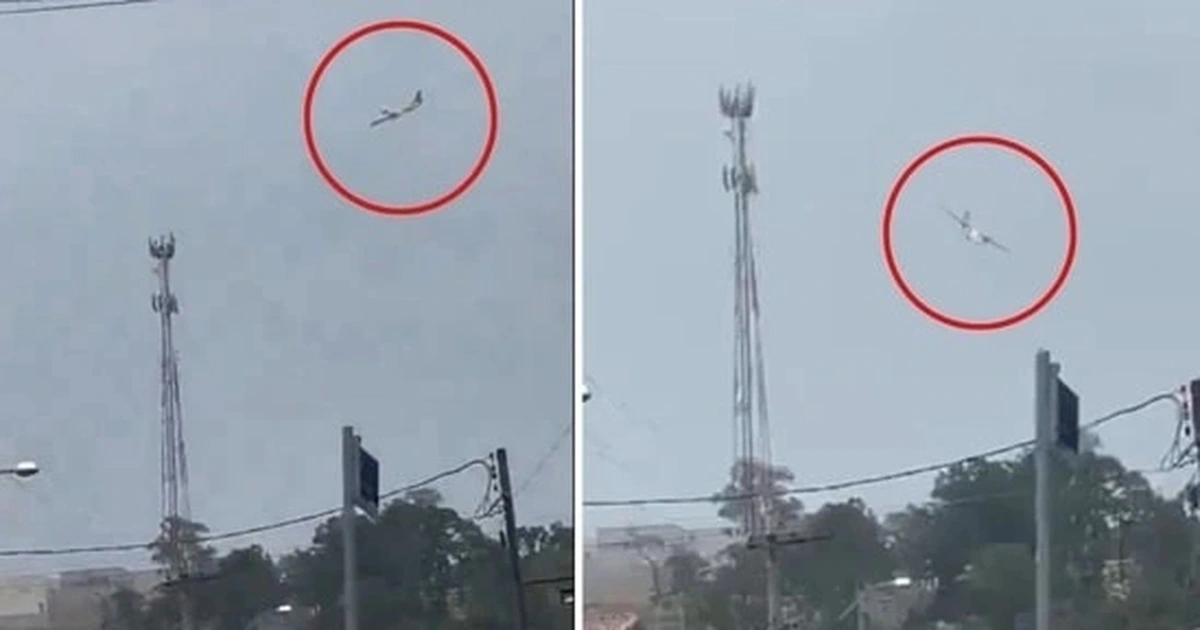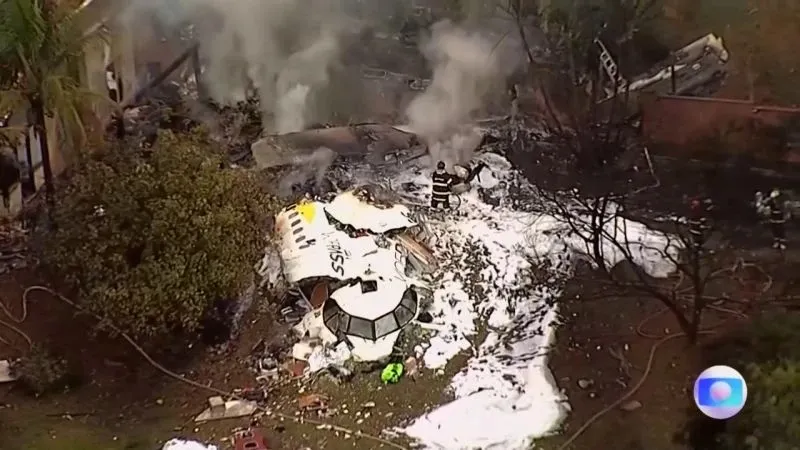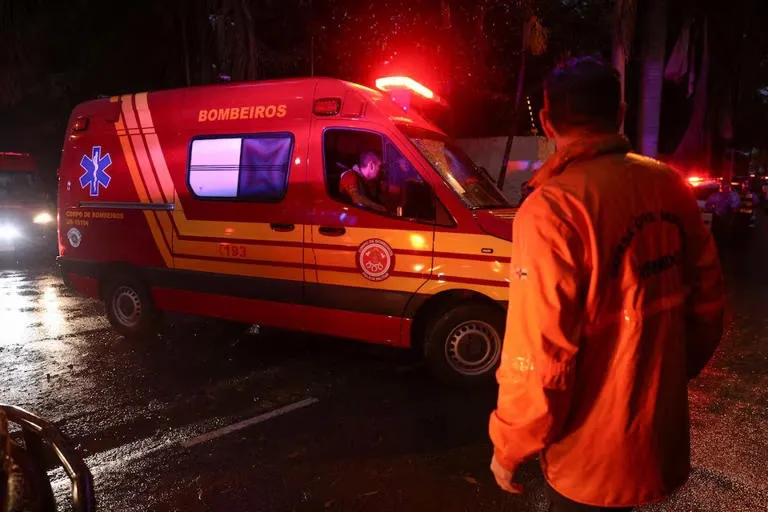
Experts Analyze Reasons Behind Brazil Aircraft’s Spiraling and Free Fall

The Voepass ATR 72-500 aircraft may have encountered a sudden issue, leading to a loss of control, leaving the crew unable to alert air traffic control.
On August 9, Marcelo Moreno, Director of the Center for the Prevention and Investigation of Aeronautical Accidents in Brazil (CENIPA), stated that it is still too early to determine the exact cause of the accident. However, he noted that the crew of the ATR 72-500 did not communicate with air traffic control to report any emergency.
Footage captured by civilians shows the plane spiraling downward almost vertically, a phenomenon often referred to as a “death spiral.” This has led many aviation experts to conclude that the incident occurred suddenly, resulting in the aircraft losing control.
Ross Aimer, a captain with 40 years of experience flying passenger jets in the U.S., explained that a death spiral typically occurs when an aircraft stalls. This condition begins when the plane’s horizontal velocity drops significantly due to factors such as flying too slowly, climbing too quickly, or making a sharp turn, preventing the wings from achieving the necessary speed to generate lift.
“A plane caught in a death spiral is very difficult to recover,” Aimer said, speculating that a technical malfunction, strong turbulence, or pilot error could be to blame. The plane crashed in normal weather conditions, with light rain forecasted and wind speeds of 10 km/h.
“Weather forecasts indicated possible icing at the plane’s cruising altitude, but within acceptable limits. The aircraft’s de-icing system was confirmed to be functioning properly before takeoff. However, planes are highly sensitive to icing on their surfaces,” said Marcel Moura, Voepass’s Director of Operations.

John Cox, a retired captain and CEO of the U.S.-based aviation safety consultancy Safety Operating Systems, suggested that a significant sudden event occurred. “Additional data from the black box will be necessary to draw conclusions,” he said.
John Hansman, a professor of aeronautics at the Massachusetts Institute of Technology, believes the incident was not due to adverse weather conditions. “It’s possible the crew mishandled a situation involving an engine failure, causing an imbalance that led the aircraft to spiral,” he added.
U.S. aviation safety expert Anthony Brickhouse noted that investigators would examine factors such as weather, engine performance, and control surfaces. “Based on preliminary images, this was undoubtedly a case of loss of control,” he observed.
The Voepass ATR 72-500 was equipped with two PW 127 turboprop engines from Pratt & Whitney Canada. The parent company, RTX, has offered to assist with the investigation.
Flight tracking data from Flightradar24 indicates the plane left the runway shortly before noon. It cruised at an altitude of over 5,000 meters until 13:21, when it began descending approximately 60 meters in 10 seconds before climbing 120 meters in 8 seconds. Eight seconds later, the aircraft descended again, dropping about 600 meters before free-falling 5,000 meters in one minute.
All 57 passengers and 4 crew members on board perished in the crash. Fortunately, there were no casualties on the ground.



